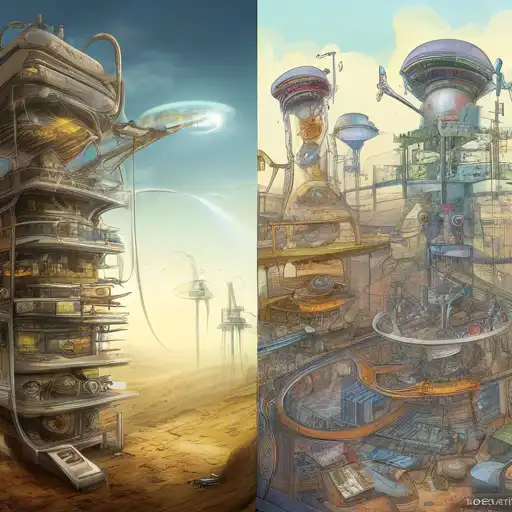Introduction to Software Development Methodologies
In the fast-evolving world of technology, choosing the right software development methodology is crucial for the success of any project. This guide compares the most popular methodologies, highlighting their strengths, weaknesses, and ideal use cases to help you make an informed decision.
Waterfall Methodology
The Waterfall model is one of the oldest and most straightforward methodologies. It follows a linear and sequential approach, where each phase must be completed before the next begins. This makes it easy to understand and manage but lacks flexibility for changes once the project has started.
Agile Methodology
Agile is a flexible and iterative approach that focuses on customer satisfaction through early and continuous delivery of valuable software. It encourages adaptive planning, evolutionary development, and continual improvement, making it ideal for projects with uncertain or changing requirements.
DevOps Methodology
DevOps is not just a methodology but a culture that promotes collaboration between development and operations teams. It aims to shorten the development lifecycle while delivering features, fixes, and updates frequently in close alignment with business objectives.
Scrum Framework
Scrum is a subset of Agile that organizes work into small, manageable pieces called sprints, typically lasting two to four weeks. It emphasizes teamwork, accountability, and iterative progress toward a well-defined goal.
Kanban Methodology
Kanban is another Agile framework that visualizes the workflow to identify bottlenecks early and improve efficiency. It limits work in progress to ensure that teams focus on completing tasks before taking on new ones.
Choosing the Right Methodology
Selecting the right methodology depends on various factors, including project size, team dynamics, and customer needs. For instance, Waterfall might suit projects with clear requirements, while Agile or Scrum could be better for dynamic environments.
Factors to Consider
- Project complexity and size
- Team size and location
- Customer involvement
- Flexibility requirements
Conclusion
Understanding the differences between these methodologies is the first step toward selecting the best one for your project. Whether you choose Waterfall for its simplicity, Agile for its flexibility, or DevOps for its efficiency, the key is to align the methodology with your project goals and team capabilities.
For more insights into software development practices, check out our guide on Agile vs. Waterfall and how to choose between them.
